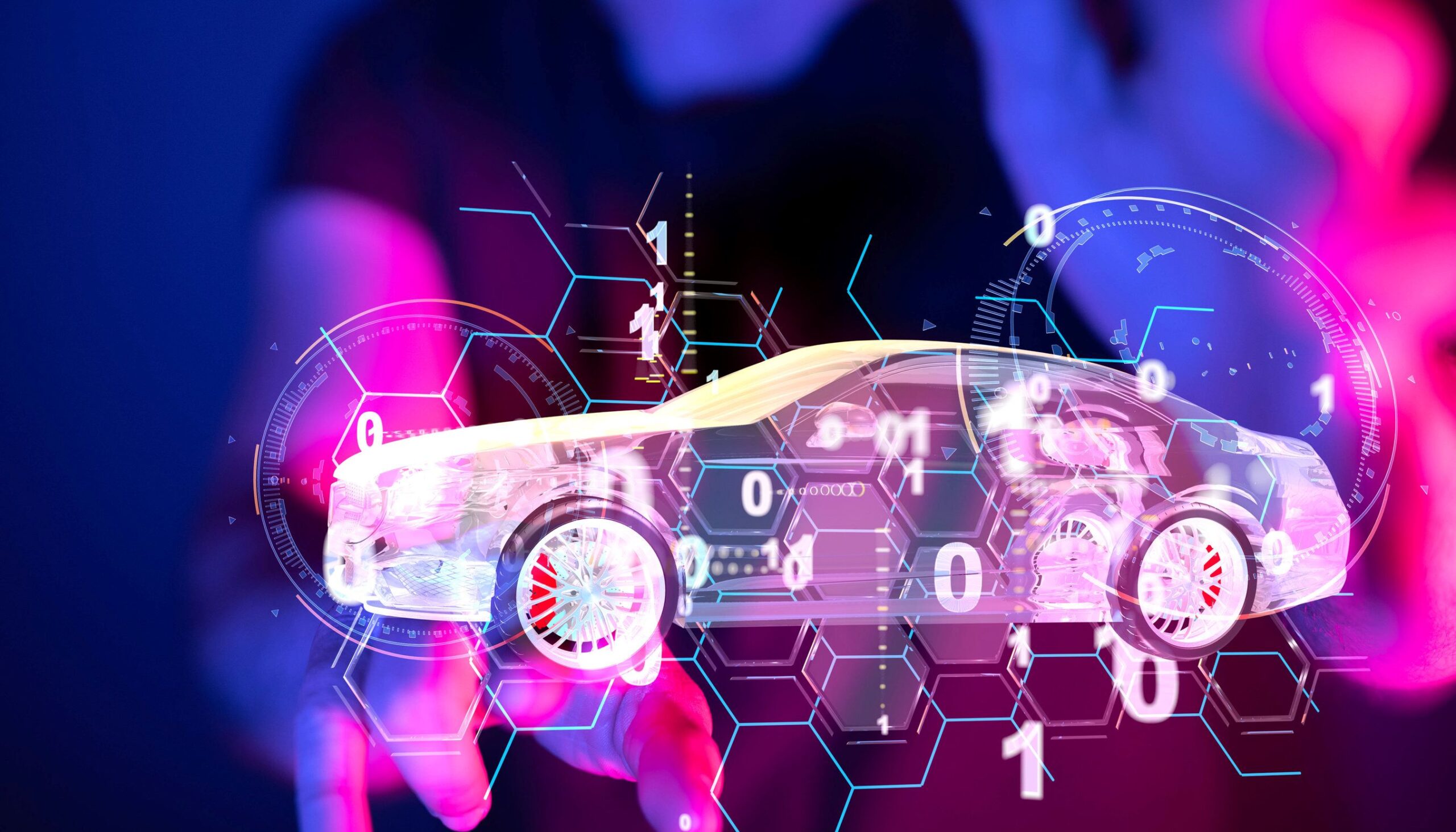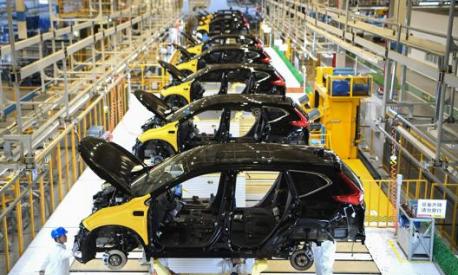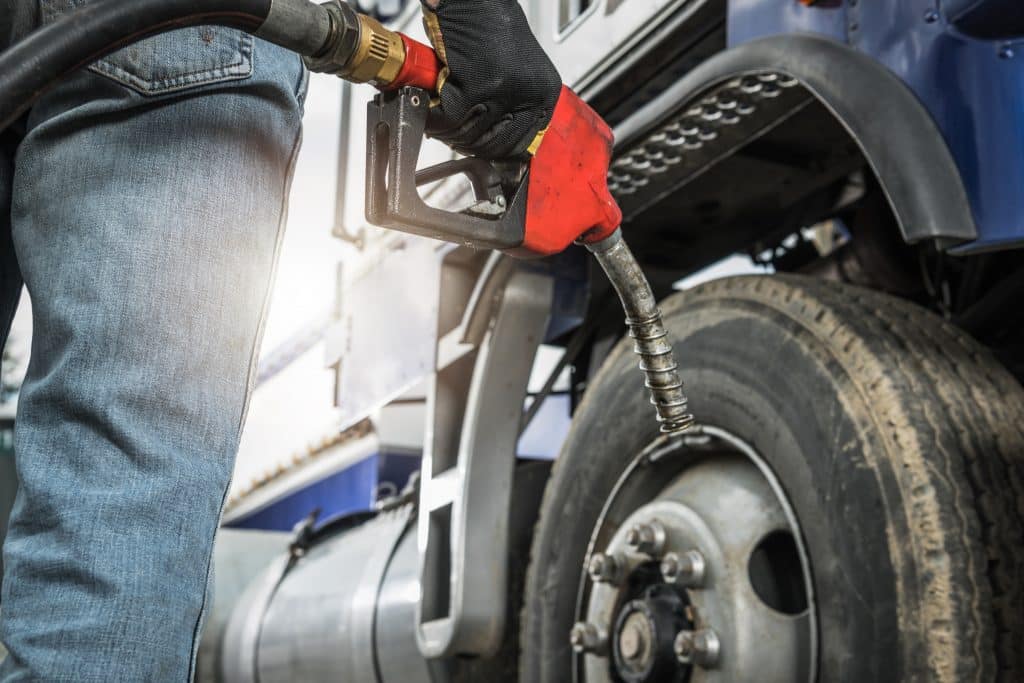There will be exponential growth in the next few years for “connected cars.” According to an analysis conducted by the Autopromotec Observatory, based on a study conducted by the British technology research and consulting group Omdia, the number of connected vehicles on the road, i.e., vehicles equipped with mobile connectivity solutions that can efficiently assist the driver and provide real-time information, is set to double in just a few years. Specifically, worldwide, there will be more than 350 million by the end of 2023, up 18 percent from 2022. By 2027, the global fleet of connected cars will exceed 640 million, rising to more than 900 million by the beginning of the next decade.
Italy, land of old, polluting cars
Connectivity is no longer an option. By the end of 2022, in fact, one in two Italians were inclined to use a “smart” car in the future. A figure that then clashes with the reality of things: our country continues to have an old and polluting car fleet. Last year, from data emerging from “Autoritratto 2022” (Aci’s statistical publication), 1 in 11 cars was over 30 years old, only 1 in 7 was environmentally friendly, and only 4.3 per cent of the circulating fleet was electrified.
It’s a safety matter
Numbers that give us pause to think: such an ageing fleet has, in fact, a negative impact on the environment and safety. It is necessary, therefore, that even old cars be updated from the technological point of view, like new ones. In this regard, there are numerous Viasat applications and services (now part of Targa Telematics) useful for making a vehicle more modern, even if it is dated. This makes it possible to receive traffic and diagnostic information, as well as to interact with road infrastructure and travel more safely. By being able to collect real-time data on the condition of the vehicle and surrounding traffic, it will be possible to identify potential hazards and proactively alert drivers to avoid collisions and reduce traffic accidents.




